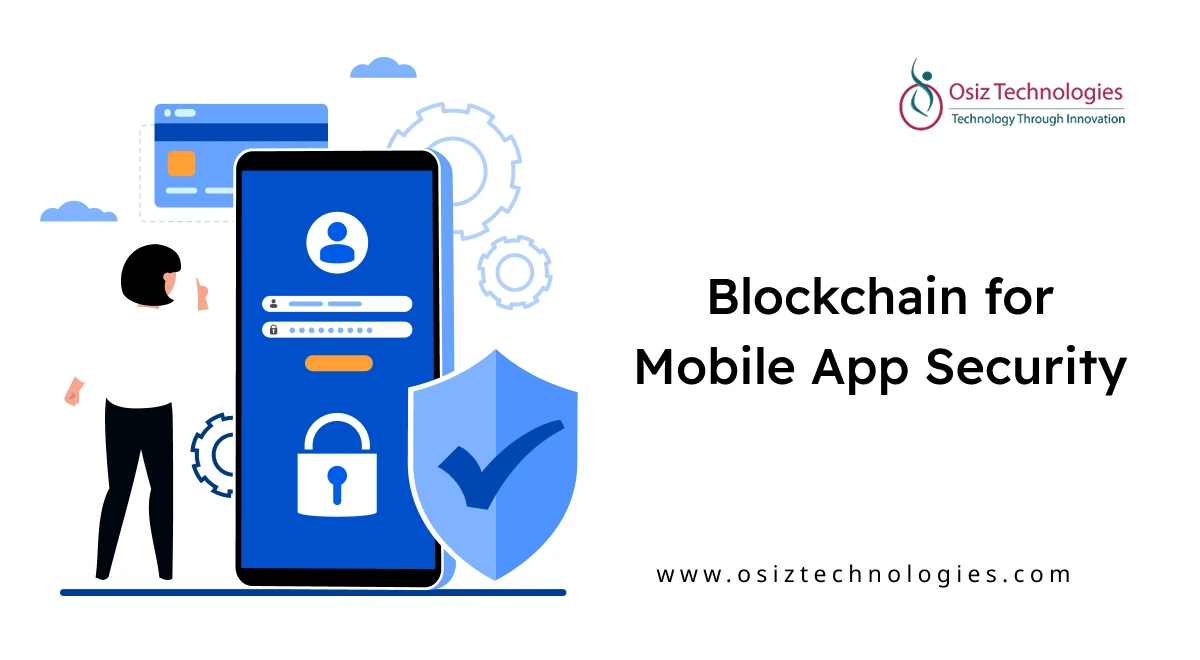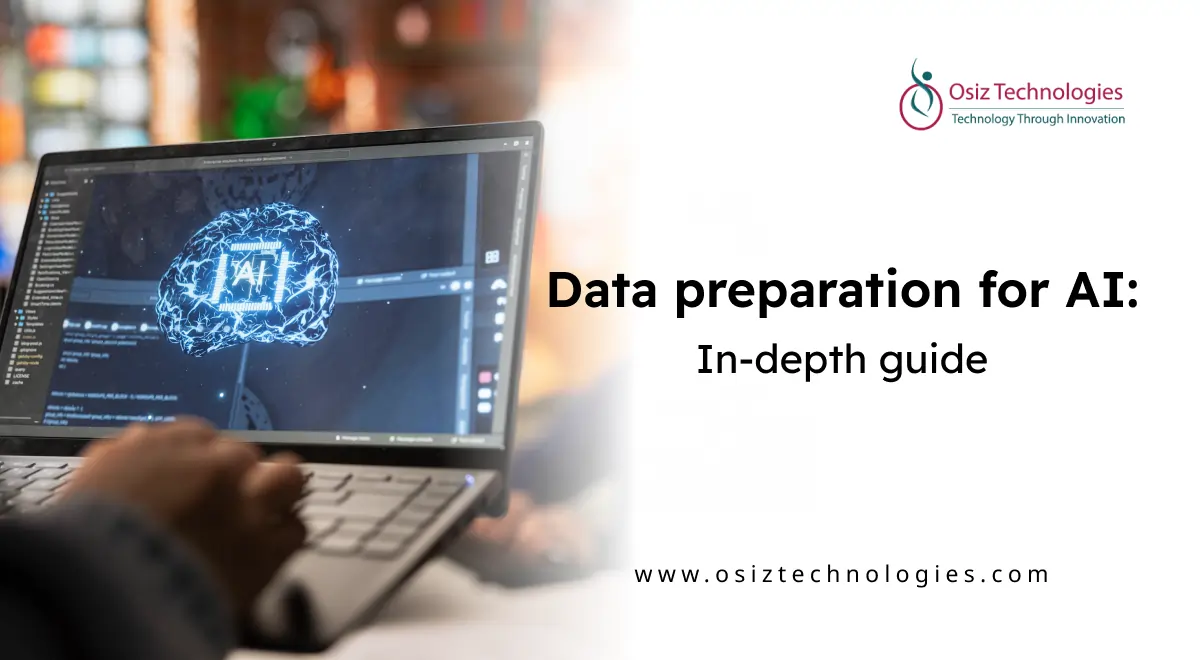Rollups as a Service
The scalability of blockchain networks is a major concern in the evolving landscape of Web3 With the growing complexity and user base of decentralized applications (dApps), an innovative concept called Rollup as a Service (RaaS) has emerged that offers faster, cheaper, and more flexible solutions.
RaaS platforms enable developers, startups, and businesses to begin their own blockchain rollups without the burden of building Layer 2 infrastructure from scratch.
Key Features of Osiz's RaaS Platform
Seamless Integration:
Osiz's RaaS platform offers a wide array of tools, including SDKs and templates, that make it easy to incorporate Web3 projects. By using this onboarding process, the entire project can be started and executed in one day – which reduces the time needed to bring rollup solutions to market.
Customization Capabilities:
Depending on specific requirements, project rollup chains can be modified by changing security settings, processing capabilities for transactions, transaction fees (such as time delays or other technical issues), and performance criteria.
Modular Component Integration:
Integrated components such as data availability layers, sequencers, and settlement layers can be integrated by the platform, which enhances its modularity. Users are also able to add third-party explorers, wallets, and other capabilities so they can be abstracted into their accounts.
Performance Optimization:
The RaaS platform from Osiz is utilizing advanced analytics and machine learning techniques to continuously analyze network data, pinpointing bottlenecks and finding ways to improve rollup solutions.
Scalability and Upgrades:
The platform enables the management of traffic and transaction processing needs through scaling as initiatives evolve. In addition, it allows for fluid improvements in integrating technology within the blockchain ecosystem.
How Do Our Blockchain Rollups Work?
Transaction Aggregation:
All individual transactions are consolidated into one batch, with the remainder collected off-chain.
Data Compression:
The on-chain storage requirements are reduced, and the cost of maintaining it is reduced by compressing the combined data.
Smart Contract Execution:
A smart contract on the primary blockchain authenticates the rollup, confirming that all transactions included comply with the established protocol regulations.
State Updates:
Depending on the set of transactions, the blockchain's state is altered by the smart contract, which can display changes like token transfers or contract executions.
Proof Generation and On-Chain Validation:
A secure transactional layer is established through cryptography, which then validates the transactions on the primary blockchain, eliminating the need for trust.
Our Development Phases of Rollup As a services
Select Your Rollup Architecture
To initiate a rollup, one must choose between Optimistic Rollups, which assume transactions are legitimate and use fraud proofs as evidence, and ZK RollUps. RaaS providers usually provide support for both options, giving you the freedom to choose according to your needs regarding performance, security, and user experience.
Customize Your Stack
When choosing the rollup type, you establish your stack by selecting an execution layer (EVM or tailored VMs like WASM), a data availability layer such as Ethereum, Celestia, or Avail, and setting up bridges and wallets to facilitate asset and user transfers. RaaS vendors often offer presets that are tailored to specific applications, such as gaming, DeFi, and social apps.
Deploy Your Rollup
The RaaS platform handles rollup deployment, which involves the provision of node infrastructure, sequencer configuration, L1 smart contracts, and monitoring tools after configuring. Several platforms provide one-click or CLI deployment options, with the option of hosting on their cloud or your own.
Operate and Maintain
RaaS platforms provide rollup support with automatic updates, DevOps support, incident management, and analytics dashboards that display metrics such as TVL, throughput, gas consumption, etc. after the deployment process. They also offer security monitoring to identify vulnerabilities or anomalies. Service providers have the ability to either hand over complete control of the chain or assign significant tasks to their team.
Interoperate with Ecosystem
Your rollup is a component of the broader ecosystemRaaS platforms usually have indexers, APIs and explorer support to enable smooth interactions between different services. The rollup can be accessed by both developers and users, just like Ethereum or Solana.
Types of Rollup Solutions We Offer
Optimistic Rollups:
Transactions are assumed to be valid in these rollups, which are executed on an independent Layer-2 network. Groups of transactions are sent to the Layer-1 mainnet, with fraud-proof mechanisms in place for eventual conflicts. Osiz enables the use of OP Stack and Arbitrum Orbit technologies to enable Layer-1, Layer-2, and Appchain deployments with Optimistic Rollups.
Zero-Knowledge (ZK) Rollups:
Transparency is quickly and securely guaranteed through the use of cryptographic proofs in ZK Rollups. The deployment of zkRollups for both blockchains and AppChains is made possible by Osiz's platform, which employs technologies like SNARKs (Succinct Non-Interactive Argument of Knowledge) ZK rollup stacks, including Polygon CDK, StarkNet, and zpSync Era, are highly regarded.
Why Choose Osiz For Rollups-as-a-Service?
The primary focus of Osiz Technologies, a Blockchain Development company, is to offer Rollups-a-Service, which enables unmatched scalability and efficiency in blockchain transactions. The skilled developers and blockchain technology expertise of Osiz enable seamless integration and top-notch rollup solutions. The combination of security, affordability, and innovative features ensures maximum transaction volume while reducing costs. Choose Osiz because we pride ourselves on offering customized, long-lasting, and future-ready rollup solutions tailored to your business's needs.
The combination of Osiz Technologies and Rollup as a Service (RaaS) provides a scalable, flexible infrastructure for initiating and managing rollups using widely used stack after stack: OP Stack, Arbitrum Orbit; zkSync; Polygon CDK. Our modular approach involves data availability layers, sequencers, bridges, and smart contracts that allow performance, fees, and governance to be adopted by the project. Osiz handles the integration of infrastructure, monitoring, and tools, facilitating the deployment of effective, application-specific Layer 2 solutions for Web3 projects.
Listen To The Article
Recent Blogs

X-Mas 30%
Offer












